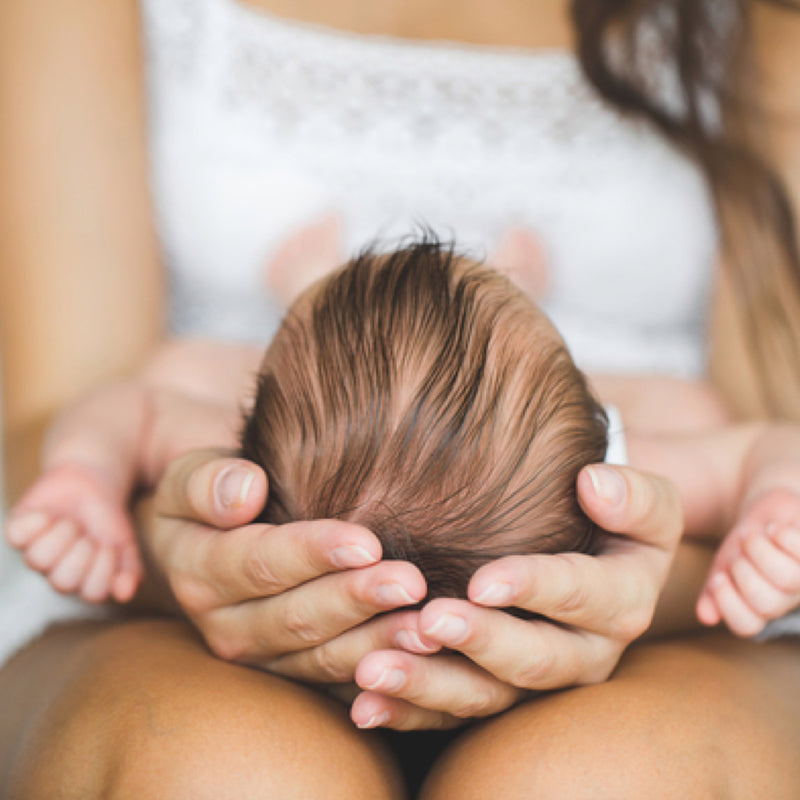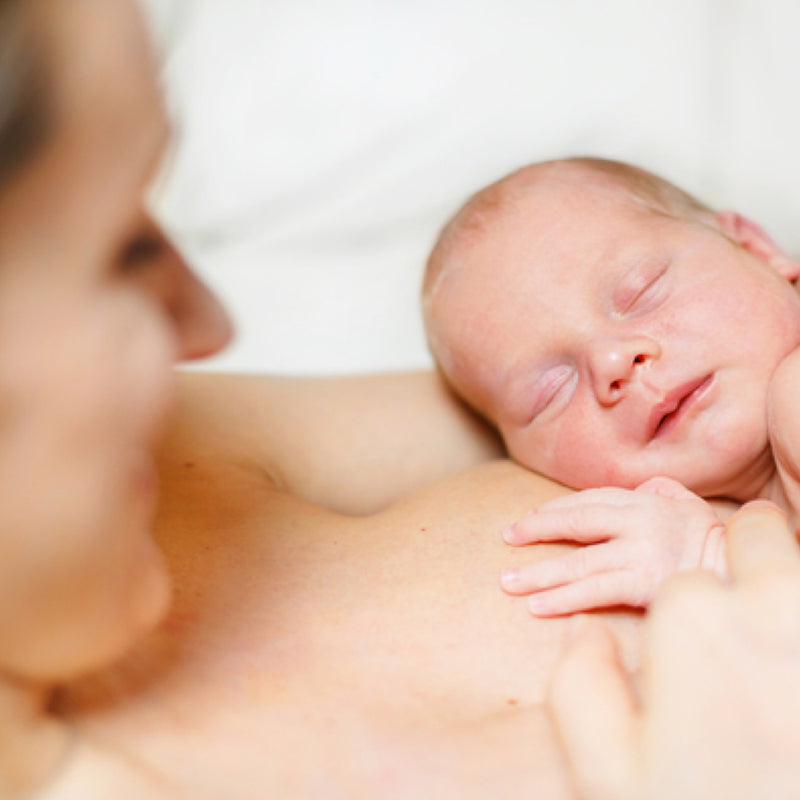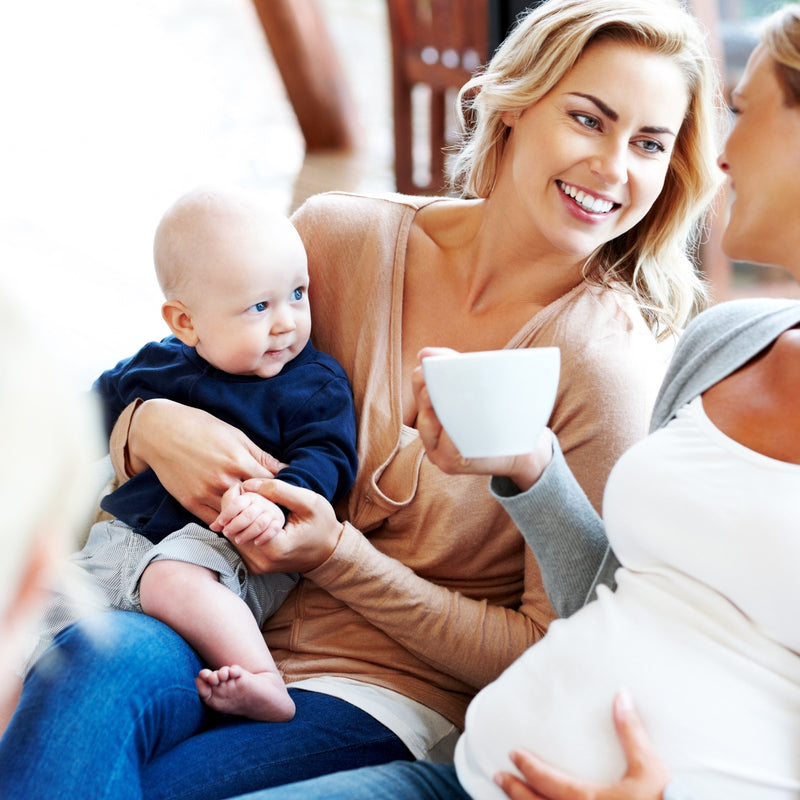With an increasing acceptance of a holistic approach towards achieving mental and physical wellness, osteopathy is gaining recognition in Australia. Along with many other medical conditions like injuries and body pains, osteopathy is particularly beneficial for pregnant women as well as young children.
A woman’s body undergoes several physiologic and structural changes during pregnancy; osteopathy has been proven as not only a safe but an extremely gentle way of helping women adapt to those changes.
Osteopaths use the most appropriate treatment techniques to maximise the safety and comfort of the mother as well as the growing baby in the womb.
Osteopath Julia Redfern, a Clinical Pilates Instructor and Certified Infant Massage Instructor with additional postgraduate study in Obstetrics, Paediatrics, and Pre & Post Natal Pilates, sees a wide range of conditions that can benefit from osteopathic care. With a special clinical interest in helping improve the health of babies and children, she provides osteopathic care for all aspects of women's health, including treatment and advice for pregnant women and new mums. Apart from the physical changes, many other problems like back pain, pelvic girdle pain or instability, swelling, carpal tunnel syndrome and fatigue start raising their heads as the pregnancy progresses. Your osteopath can advise you on pelvic floor and other exercises to help with the optimal foetal positioning and gentle stretches to assist with any muscle pain or discomfort.
Osteopaths also help women achieve and maintain optimal spinal and pelvic alignment to accommodate for the postural changes that occur during pregnancy and improve flexibility in the pelvis and abdomen to prepare them for a healthy delivery process.
Toddlers and Young Children
Osteopathy does not only help new mums to recover from the whole process and regain body strength after the childbirth, but also help their toddlers and young children. Yes, there might be many reasons for your toddler or a young child to see an osteopath today. One of the major parts of growing up for children includes the growth of bones, muscles and the development of postures. This process is long and requires attention as early as any signs of oddity are detected. What are these signs? The early signs in infants may include delayed or abnormal crawling or walking patterns, suckling difficulties, flat head, constant crying etc. while in the older child, signs of concern may include back pain and headaches, growing pains in muscles, joints and bones, postural problems including curvature of the spine, walking difficulties or foot pain and/or sporting injuries.
When it comes to babies and children, safety and gentleness is as important a concern as in the case of pregnancy. Osteopaths take extreme care and conduct a full medical history and examination of babies and children before carrying out any treatment. All the potential causes or contributing factors for any sort of abnormality are checked along with any biochemical restrictions or abnormal movement patterns and other milestone checks. The treatment plan may include a few simple sessions with an osteopath to address any dysfunction and to review related progress. If need to be, osteopaths may also refer for any other specialist treatment or therapy alongside osteopathic treatment.
To learn more about osteopathy or to find an osteopath in your local area, visit the Osteopathy Australia website.
Our Products
-
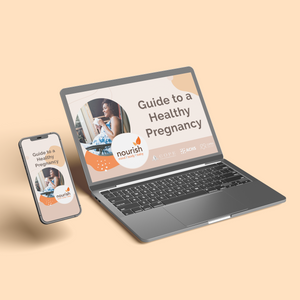
01. Guide to a Healthy Pregnancy
$55 -
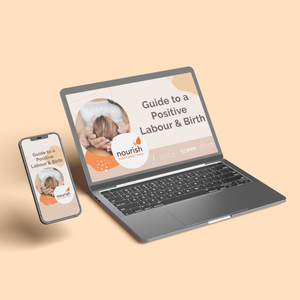
02. Positive Birthing Course
$55 -
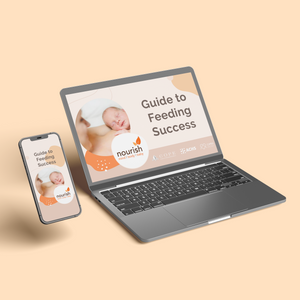
03. Infant Feeding Guide
$55 -
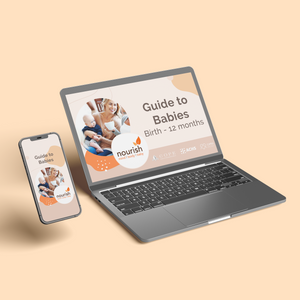
04. Baby Sleep Guide - First 12 Months
$55 -
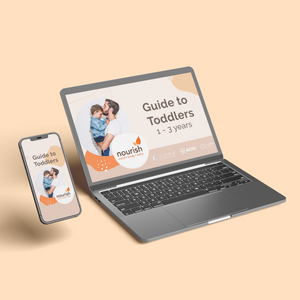
05. Toddler Parenting Course 1 - 3 Years
$55
-
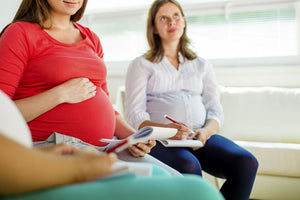 When to Start Antenatal Classes?
When to Start Antenatal Classes?
Becoming a parent is an incredible milestone, but it comes with a host of changes that can be daunting, especially for first time parents. Antenatal classes are all about offering expectant parents the education they need to make informed decisions, look after their bodies and care for their newborn babies. While you probably already have a long list of things you need to accomplish during your pregnancy, it’s a good idea to make time to attend antenatal classes.
-
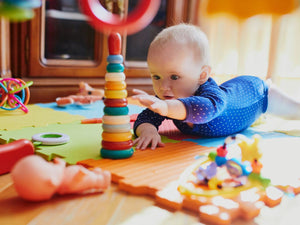 Development Milestones 4-8 Months
Development Milestones 4-8 Months
As they reach the middle of their first year, you'll start to see bigger leaps in their growth and ability!
In this article, we’re going to discuss your baby’s developmental milestones between 4-8 months, and what you can expect along the way.





 When to Start Antenatal Classes?
When to Start Antenatal Classes?
 Development Milestones 4-8 Months
Development Milestones 4-8 Months


